User-Focused Design: An Inside Look at the Vital Role of UX/UI
We spoke with Bartek Bednarski, CEO at Visux, about user research, testing, and the impact of emerging technologies on the user experience. This interview provides an in-depth analysis of the role of UX/UI design in shaping marketing strategies, including the latest trends, best practices, and tips for improving digital presence and customer engagement. Get ready to dive into the world of user experience design in today’s marketing landscape.
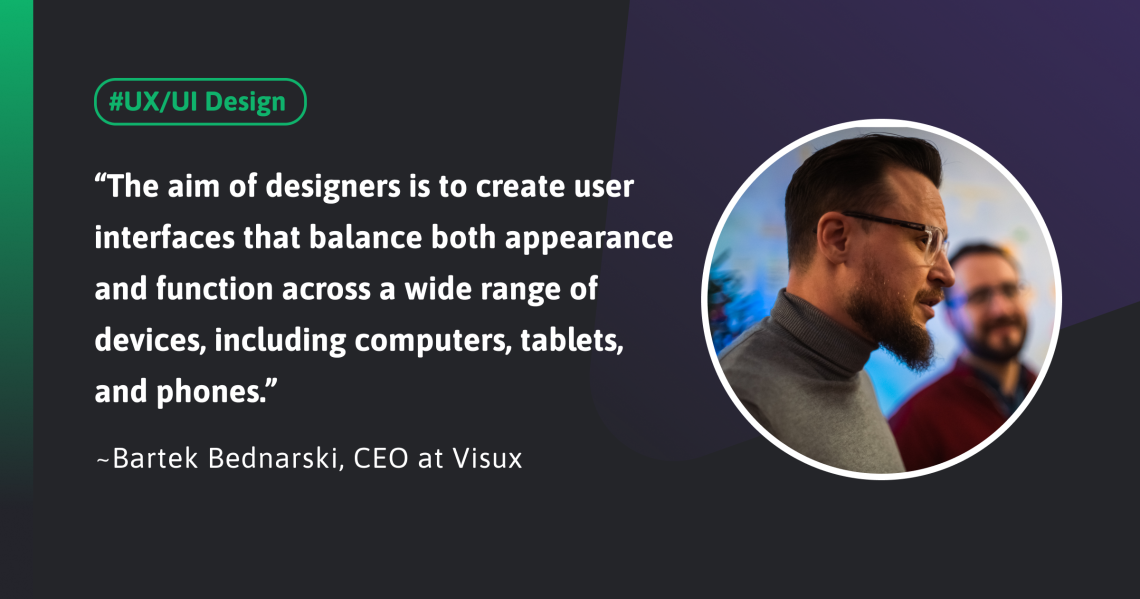
Visux is a team of highly skilled UX/UI experts focused on creating visually appealing and user-friendly websites, SaaS projects, and mobile apps. With a diverse team of experts in various areas, they provide a wide range of services, including design, development, testing, and deployment. Their high expertise enables them to create custom solutions that meet all the client’s specific needs. One of their latest projects was creating the main page for Brand24.
The UX/UI design industry has been undergoing rapid evolution. What are the significant changes that have taken place in the past few years?
Absolutely, we witnessed a significant evolution in the UX/UI design industry in recent years. Personally, I had a chance to observe a significant shift toward the importance of mobile design, both in terms of the number of users accessing content on mobile devices and the functionality of these devices.
What we also noticed is an increasing emphasis on designing interactions and animations, which helps to build more advanced and attractive user interfaces. Furthermore, designers are now relying on various tools for testing and researching their designs with the aim of ensuring the best possible user experience.
And with that in mind, what do you think are the biggest challenges facing UI designers today?
I strongly believe that the most significant challenge currently lies in balancing functionality with aesthetics and designing for rapidly changing technologies.
The aim of designers is to create user interfaces that balance both appearance and function across a wide range of devices, including computers, tablets, and phones. Furthermore, we strongly believe in the significance of designing an interface that aligns with the business objectives rather than solely focusing on its visual part. However, it’s crucial to fulfill the current need for adapting interfaces to new possibilities presented by emerging technologies, such as smart devices and augmented reality.
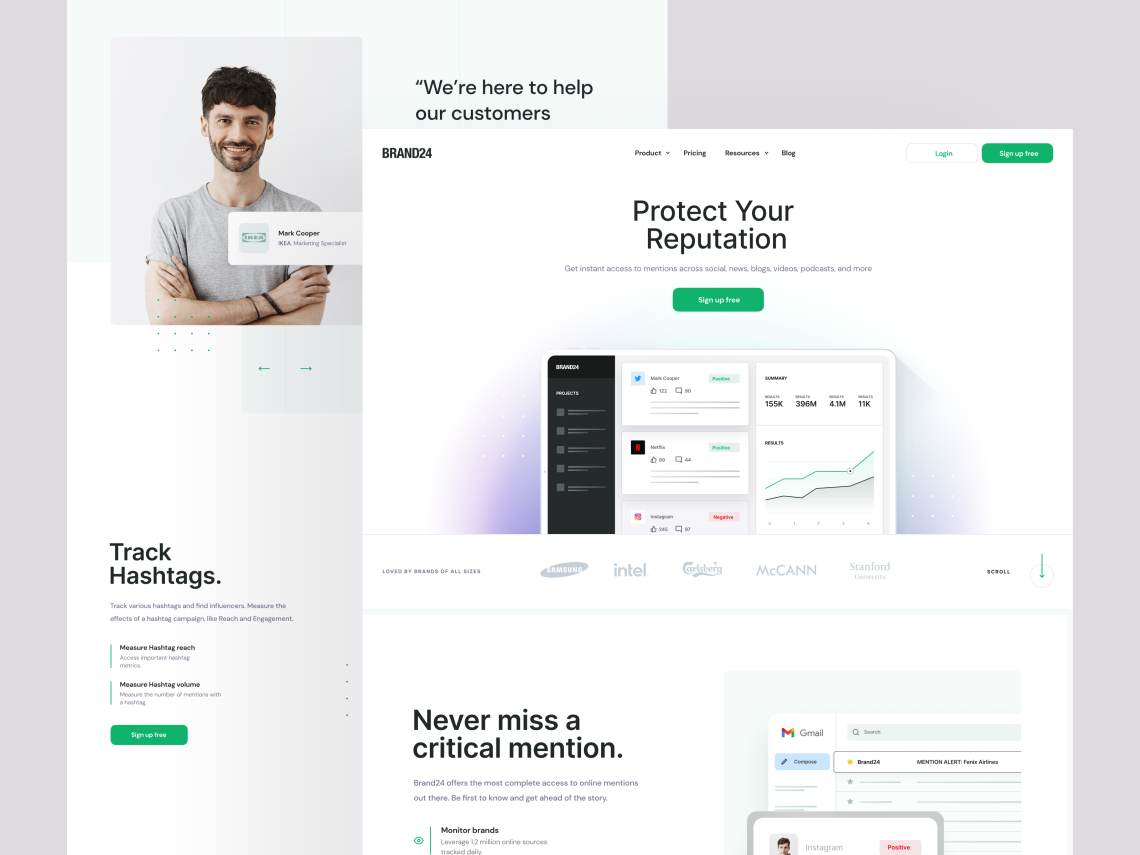
You have some great landing page projects in your portfolio. What would you say are best practices when creating one?
Ensuring success when creating a landing page is primarily based on implementing good UX practices. When creating one, we keep in mind that the successful landing page should possess a clear and straightforward message focused on a main objective, such as a purchase or newsletter sign-ups, along with an attractive design. Additionally, a simple and easy-to-understand call-to-action process and optimization for SEO.
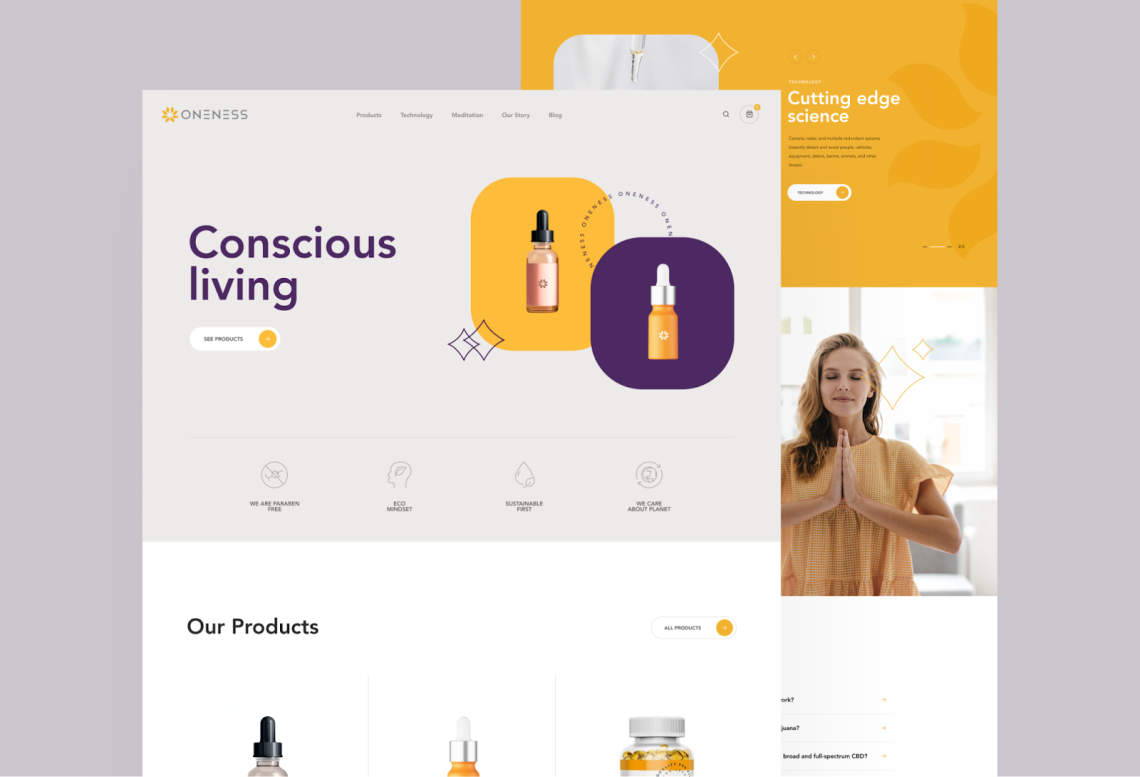
And what visual solutions are most helpful in maintaining user interest and keeping them on the viewed website?
In order to keep the user on a website, we can use an attractive and user-oriented design, which will surely grab attention and encourage further interaction. A clear layout will help users quickly understand the page’s content. Graphics, multimedia, animations, and interactivity will grab users’ attention and convey important information.
Brief and concise content will keep users engaged and ensures they receive easy-to-understand information. Tailoring the page’s appearance and content to their needs and interests can be also a vital factor.
However, responsive design is essential for providing users with a seamless experience on any device, ultimately helping to maintain their interest. I would risk the statement that there are not many things more infuriating for users than a website that is hard to navigate.
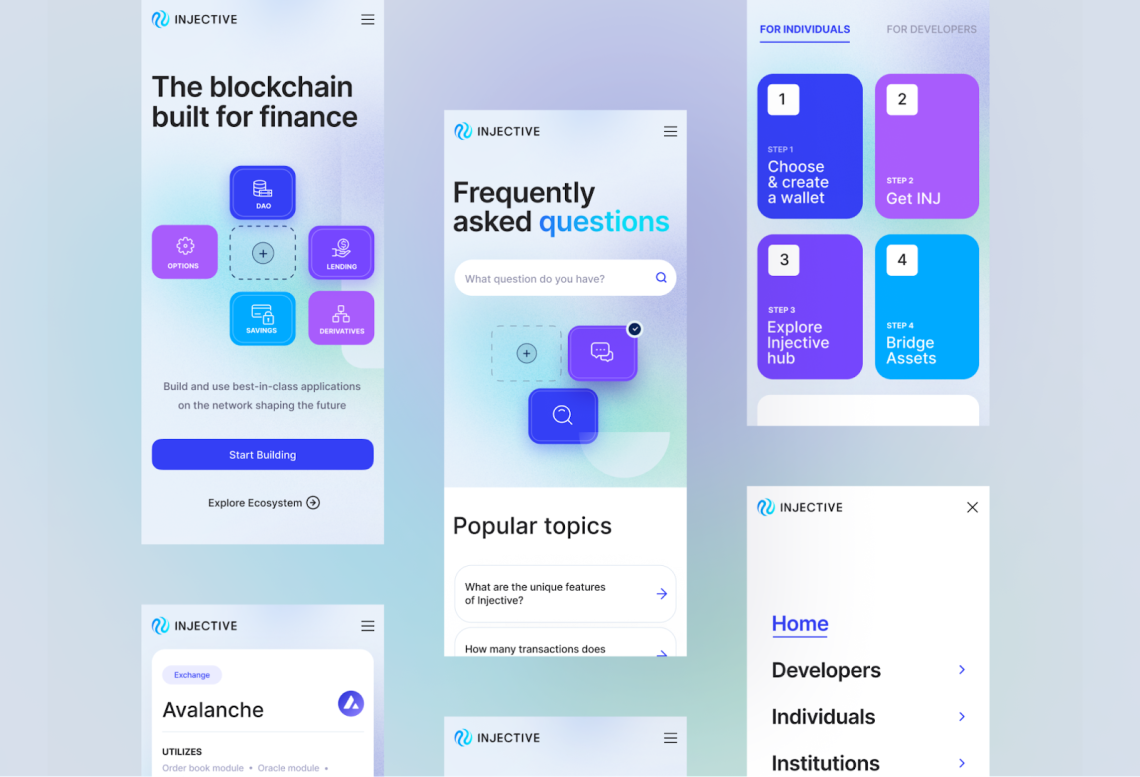
So what tips would you give to someone who wants to implement UX design in their marketing strategy?
First and foremost, we need to prioritize understanding the user. This includes dedicating time to identify their needs, expectations, and behaviors so that you can create effective UX solutions that meet their requirements.
Another crucial tip is to integrate UX design seamlessly with your overall marketing strategy. Instead of treating it as a separate element, it should be taken as an integral part of your approach. This integration ensures that your UX solutions are aligned with your business goals and objectives, enhancing the overall user experience.
Another key aspect is to consider testing and iteration. By testing your UX projects, you can measure effectiveness and identify improvement areas. This process allows you to refine your designs over time, optimizing them to ensure they deliver optimal results.
Nonetheless, monitoring and analyzing user data play a crucial role. By tracking and analyzing user data, you can gain valuable insights into their experiences and behaviors. These insights can be used to optimize your marketing strategy and UX design, ensuring that you continue to deliver effective solutions that cater to user needs.

We have talked plenty about the importance of UX, but what about UI design? How can it, for example, help companies improve loyalty and retain customers?
I believe that UI design plays a significant role in enhancing the user experience. An easy and intuitive user interface is crucial for maintaining customers and building their loyalty.
Additionally, a well-designed user interface can increase product efficiency, leading to customer satisfaction. It also helps companies develop and strengthen a positive brand image, which attracts and retains customers. However, it’s important to mention that a visually appealing user interface can only function effectively when paired with a well-considered user experience.
Monitor online media to understand your customers better!
I understand. I also wanted to ask you about the future of UX/UI. Technology is rapidly evolving. There are new solutions that can change the direction of website designs. One of the most talked about is a NoCode platform. How can it impact the UX/UI industry?
NoCode platforms such as Bubble, Webflow, and Adalo allow to create of applications and websites without the need for specialized programming knowledge, and the impact of such platforms on the UX/UI design industry can be significant. They provide tools for creating applications and websites, which can streamline the design process and shorten the time required to create a product.
Indeed, these platforms can change the business model of the UX/UI design industry, as they allow to build applications and websites without the need for significant human and financial resources. As for designers, NoCode platforms can change the qualifications required, as their tools are easier to use and available to a broader range of users.
At Visux, we leverage no-code platforms and use a well-built design system, which helps our clients to achieve cost savings of 20-40% on their product development.
All in all, NoCode platforms can possibly change the UX/UI design industry. However, it’s important to mention that UI designers still play a crucial role in the design process and are responsible for ensuring the quality of user interactions and experiences. I firmly believe that there will always be a need for that.
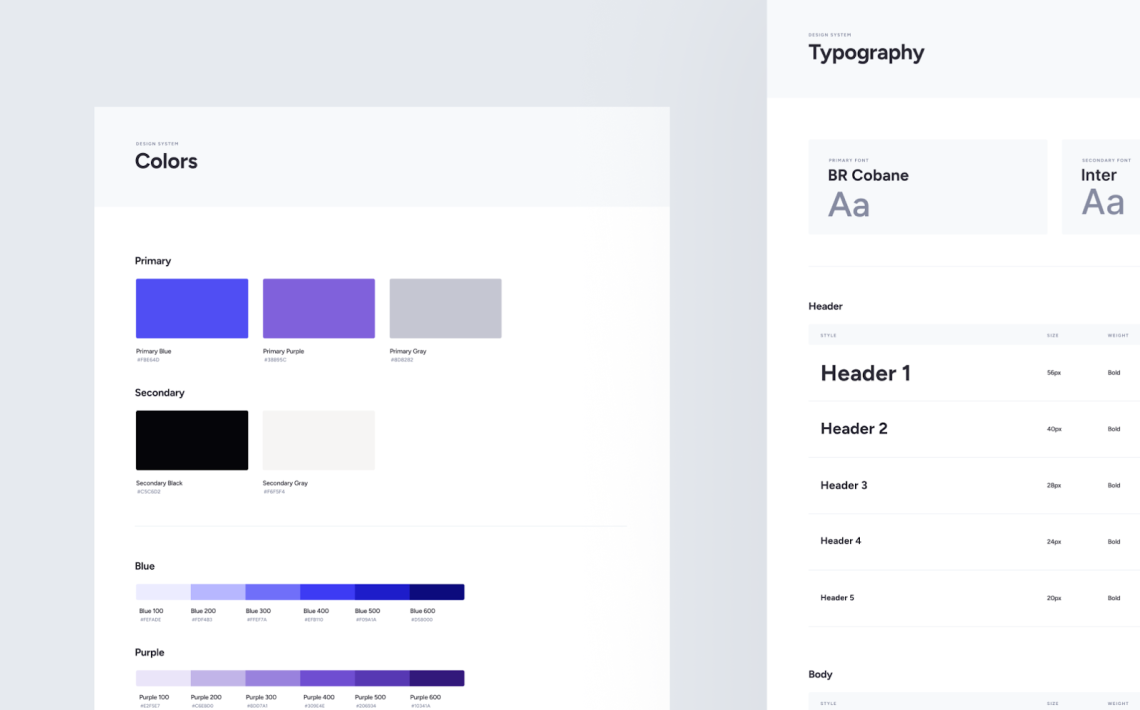
Lastly, we observe a big boom in AI solutions in different areas of marketing. What threats and opportunities do you see in this technology for UX/UI industry?
Threats related to AI in the UX/UI industry may include the potential replacement of designers by algorithms, which could lead to job loss and a decrease in the quality of projects. There is also the risk of imperfect or unsuitable designs resulting from algorithmic difficulties, which could lead to erroneous conclusions and inappropriate actions.
On the other hand, there are plenty of opportunities related to AI in the UX/UI industry. I guess that every designer is excited about its ability to automate repetitive and necessary tasks. Who wouldn’t like to cut some hours on that and focus on their work’s creative and challenging aspects? Especially if AI can improve the efficiency and quality of projects through algorithms for data analysis and user behavior.
To summarise, I strongly believe that AI can be an important tool in the UX/UI industry. Still, designers and companies must make responsible decisions regarding its use to avoid threats and maximize its potential.
Related articles
Top Reads
Brand Monitoring: Tools & Guide for 2026
Brand Awareness Strategy [The Ultimate Guide for 2026]
The Best AI Hashtag Tracker and Other Hashtag Tracking Tools [2026]
Social Media Reach: How to Measure & Improve It in 2026?
X (Twitter) Analytics Tools: The 10 Best to Try in 2026
Sentiment Analysis: What is it & Why do You Need it in 2026?
Share of Voice: Definition, Calculation, Tools [2026 Guide]
Brand Reputation Management: 6 Expert Tips for 2026
A Complete Guide to AI Social Media Analysis [2025]
How to See How Many Times a Hashtag Was Used on X (Twitter)
Start Social Listening!
Get the Brand24 trial and start social listening like a PRO.


